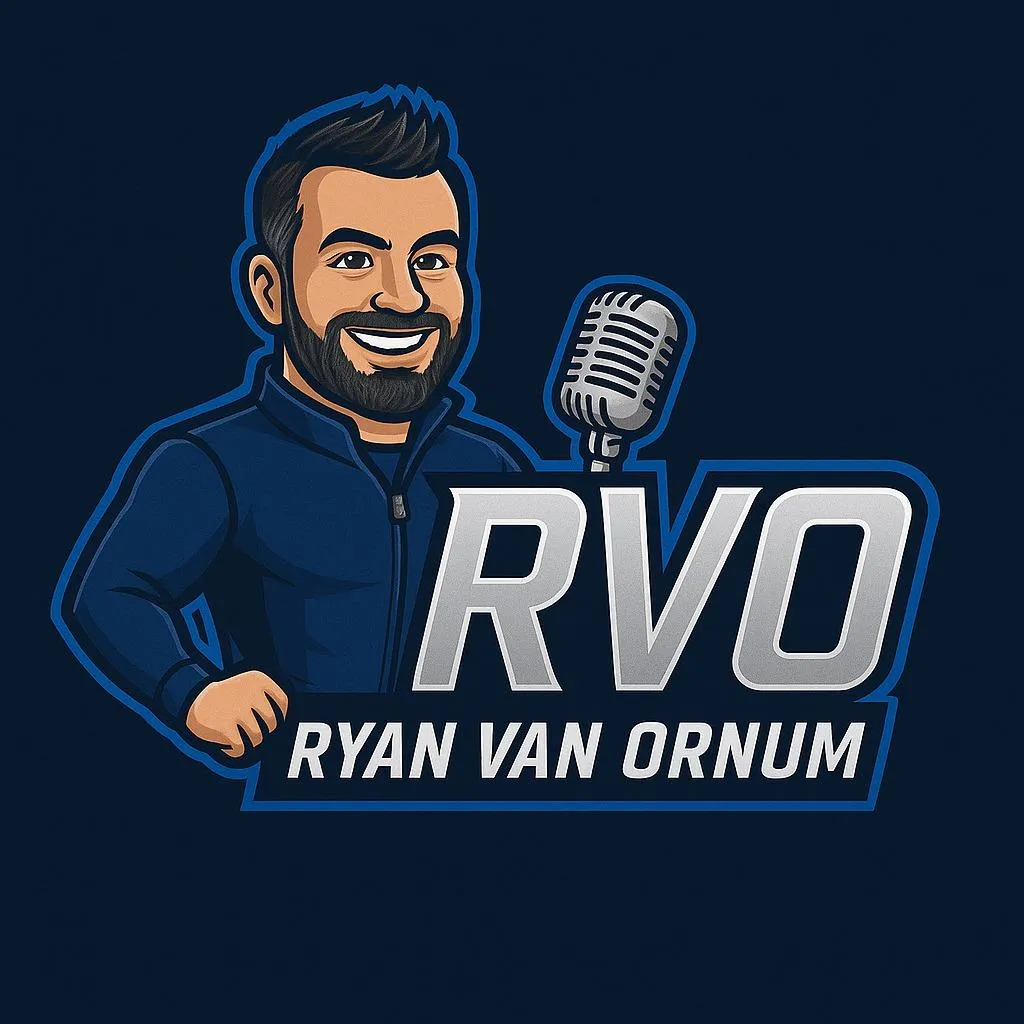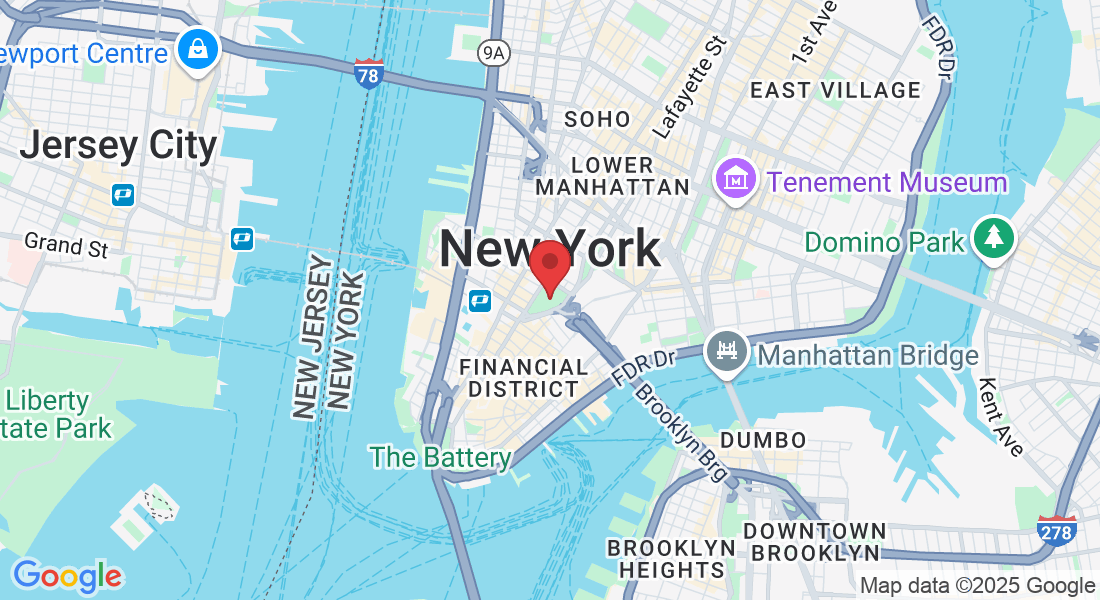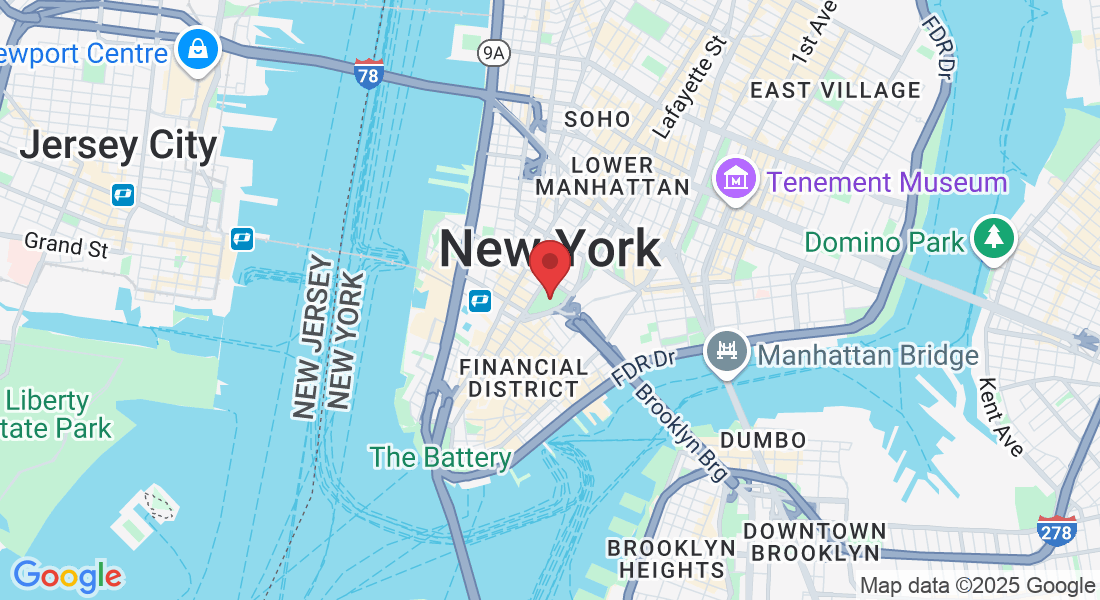Blogs
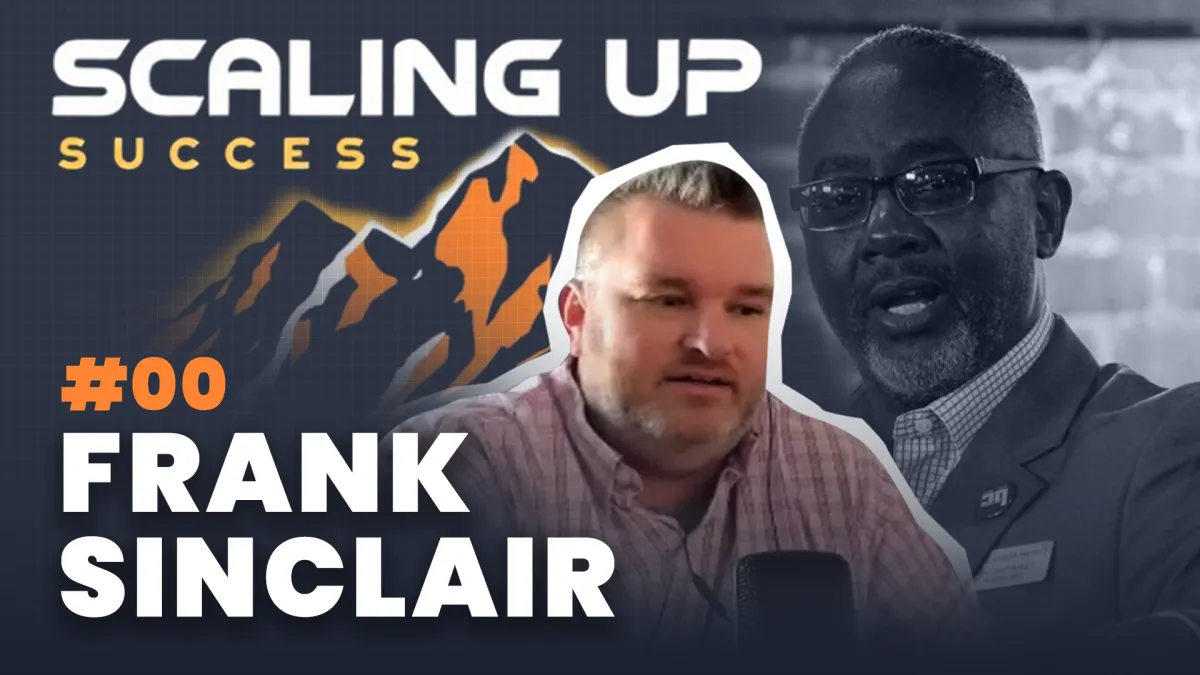
Blogs


Why Most Visionaries Fail [And How to Avoid It]
History is littered with brilliant thinkers who failed to bring their ideas to life. From inventors and artists to modern entrepreneurs, being a "visionary" often comes with a double edge: the gift of seeing what others can't and the burden of making it real.
The irony? Most visionaries aren't held back by a lack of ambition or originality. They fail because vision alone doesn’t guarantee execution, traction, or sustainability.
In today's hyper-competitive digital age, the barriers to launching a business are lower than ever. Yet the gap between having a great idea and building a thriving, scalable company remains daunting. Visionaries often fall victim to the very qualities that define them: overconfidence, impatience, and a desire to change the world on their terms. Without the right systems, partners, and mindset, these big dreams collapse under their own weight.
To succeed, visionaries must learn how to lead not just with imagination but with precision. This is where the journey turns from inspiration to strategy, and why the few who master both become the ones we remember.
Why Visionaries Lose Momentum
It starts with an idea, a bold one, usually. One that could transform an industry, challenge the status quo, or elevate an underserved audience. But somewhere between the whiteboard and the real world, the momentum fizzles. Why?
Because most visionaries mistake the act of starting for the act of building.
This is the execution gap: the chasm between ideation and operationalization. Visionaries often launch fast, build excitement, and secure early adopters. But sustaining that energy requires detailed execution, tight operations, and consistent performance, none of which feel natural to most idea-driven leaders.
They struggle with delegation. They resist process. They chase perfection over progress. Or worse, they attempt to do everything themselves, believing that no one else can understand the vision like they do.
The result? Burnout, broken teams, and stalled growth.
To avoid this fate, visionaries must evolve. They need systems that translate vision into strategy, and strategy into repeatable action. This doesn't mean becoming less visionary, it means becoming a better architect of their vision.
From Star Player to Team Builder
Another major reason visionaries fail is their inability to transition from doer to leader.
In the early days of a business, founders wear every hat. They're the marketer, the sales rep, the product designer, and the customer service lead. But as the business grows, so must their role. What worked in the garage or the co-working space breaks at scale.
Leadership requires a new skill set. It demands clarity, emotional intelligence, and the discipline to empower others rather than doing it all. This shift is uncomfortable for many visionaries who are used to being the smartest or most driven person in the room.
Without effective leadership, teams become fragmented, vision gets diluted, and growth plateaus. The founder becomes a bottleneck rather than a catalyst.
Visionaries who thrive are those who invest in leadership development. They build a culture that aligns with the mission, hire people smarter than themselves, and create an environment where autonomy and accountability can coexist. They understand that leadership is not about control, it's about coordination.
From Spark to System: Designing for Scale
The final hurdle for most visionaries is scale.
Having a powerful idea and a small, loyal customer base isn't enough. To make a meaningful impact, you must scale your offer, your team, and your infrastructure. This means designing your business to run with or without you.
Too many visionaries stay trapped in hustle mode. They optimize for the short-term: the next product launch, the next client, the next viral moment. But scaling requires long-term thinking, standardized processes, and a platform mindset.
It's not just about growth, it's about sustainable growth.
You need clear workflows, documented knowledge, and tools that create leverage. You need marketing systems that attract and convert without manual effort. And you need to step out of day-to-day operations so you can focus on what's next.
This is where many turn to strategic partners and digital infrastructure that can amplify their reach. It's not enough to be visionary, you must become operationally excellent.
RVO (Ryan Van Ornum), a military-trained strategist turned entrepreneur, exemplifies this transformation. His transition from vision to execution, paired with systems thinking and scalable strategy, offers a roadmap for modern leaders navigating this complex terrain.
From Visionary to Visionary Leader
Being a visionary is a powerful starting point, but it’s only that, a start. To truly change the world, you must do more than dream. You must build.
You must lead people, not just ideas. Design systems, not just slogans. Develop resilience, not just enthusiasm.
The path forward isn’t about compromising your creativity, it’s about channeling it through structure. That’s the difference between the visionaries we remember and the ones we never hear about.
If you're ready to turn your vision into something scalable, sustainable, and significant, explore the curated tools and strategic resources available atCynergists.com andCynergists.shop. From expert marketing support to plug-and-play systems, they help you go from spark to scale, without losing what makes your vision unique.
Driving Growth, Amplifying Impact

Sarah K., Event Organizer

"Ryan doesn’t just speak he activates transformation."

Jonathan R., Podcast Host

"His clarity and passion made our audience lean in and take notes."
Driving Growth, Amplifying Impact

Sarah K., Event Organizer

"Ryan doesn’t just speak he activates transformation."

Jonathan R., Podcast Host

"His clarity and passion made our audience lean in and take notes."
Get In Touch
Email: [email protected]
Address
Office: 2270 Cloverdale Drive
Assistance Hours
Mon – Sat 9:00am – 8:00pm
Sunday – CLOSED
Phone Number:
Get In Touch
Email: [email protected]
Address
Office: 2270 Cloverdale Drive
Assistance Hours
Mon – Sat 9:00am – 8:00pm
Sunday – CLOSED
Phone Number:
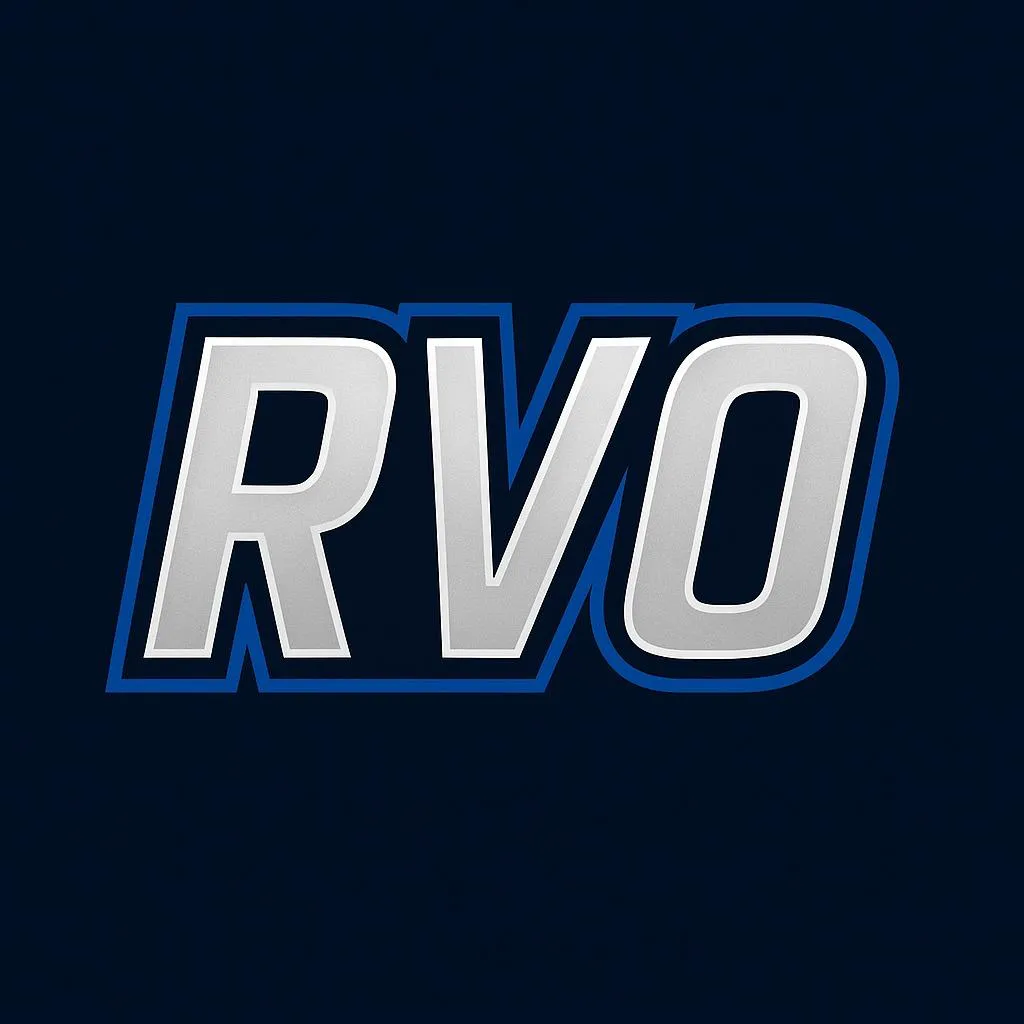
Copyright 2025. Cynergists. All Rights Reserved.

Copyright 2025. Cynergists. All Rights Reserved.
